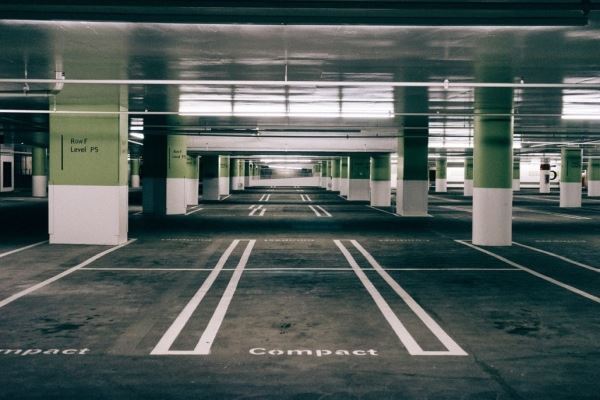
If a worker has clocked out and is walking across the parking lot when he trips over a large crack in the pavement, does work comp cover his injuries? Many people may guess this is not a work comp case because the worker has clocked out. Others may say that it should be a work comp case if the worker is still on the employer’s premises. However, the question of whether a worker’s injuries will be covered under work comp in these situations is a little more complicated and involves the application of the “going and coming” rule.
The First District Court of Appeals (which is the Court that hears all appeals taken from work comp judge’s decisions) decided a case this month that sheds some light on this question. The case is Christine Quinn v. CP Franchising, LLC/Zenith Insurance, Case No. 1D16-0257 (October 13, 2016). Ms. Quinn had left work and was walking to her car parked in its usual spot in a lot adjacent to her place of employment. She sustained injuries when she tripped and fell in the parking lot before reaching her car. In denying work comp coverage for her injuries, the Judge of Compensation Claims (JCC) went through a detailed review of the “going and coming” rule as applied to the facts of her case.
The “going and coming” rule is perhaps best summed up in Doctor’s Business Services, Inc. v. Clark, 498 So. 2d 659 (Fla. 1st DCA 1986) and Ryan v. Boehm, Brown, Rigdon, Seacrest, & Fischer, 673 So. 2d 494 (Fla. 1st DCA 1996). As a general rule, “the hazard’s encountered by an employee, while he is going to, or return from, his regular place of work are not ordinarily incidental to the employment, and injuries resulting from such hazards do not arise out of or in the course of the employment.” (Id. at 495)
That sounds simple enough, right? What is so complicated about whether work comp covers a person that gets hurt in the parking lot? Well, as usual, there are exceptions to a general rule. The three most common exceptions are (1) where special hazards exist on the normal route, (2) the employee travels between two parts of the employer’s premises, and (3) the area where the injury occurred is used by the employer for the employer’s purpose. (Id. at 496). This last exception is known as the “special use” rule.
In the recent Quin case, the JCC did not find any evidence of a special hazard under the first exception and the second exception did not apply to the circumstances of the case. Therefore, the focus was on the third exception known as the “special use” rule. While the injured worker (Ms. Quin) agreed with the JCC as to the first and second exceptions, she disagreed with the JCC finding that the parking lot was not used by her employer for the employer’s purpose and took this issue before the First DCA.
The First DCA found the JCC to have applied the correct standard as to whether the employer had sufficient control over the area where the worker fell in order for the area to be considered either part of the employer’s premises or an area that was actually used by the employer for its purposes. The DCA also found the JCC to arrived at the correct conclusion denying work comp coverage because the employer had insufficient control over the parking lot where Quin fell in order for this area to be considered part of the employer’s premises or for the employer’s use of that lot to be considered a “special use.”
The employer leased the building where Quin worked but did not lease the parking lot where Quin was injured. Nor were there any specific parking spaces assigned to the employer for its use. Instead, the lease agreement for the building stated the employer could have for its non-exclusive use up to 32 spaces in the adjacent parking lot. The evidence supported the employer paid an additional fee for the maintenance of the lot but did not show the employer exercised any control over the maintenance or how it was done. Additionally, the parking lot was open to and used by the public. Therefore, the employer’s use of the parking lot was not materially different from the use by the public at large. Ms. Quin was denied work comp coverage for her injuries.
The Quin Court also mentions the JCC findings to be consistent with a similar case decided by the First DCA earlier this year. Evans v. Holland & Knight, 194 So. 3rd 551 (Fla. 1st DCA 2016).
If you have questions about whether your accident should be covered under workers’ compensation, call the attorneys with Syfrett, Dykes & Furr at (850) 795-4979.